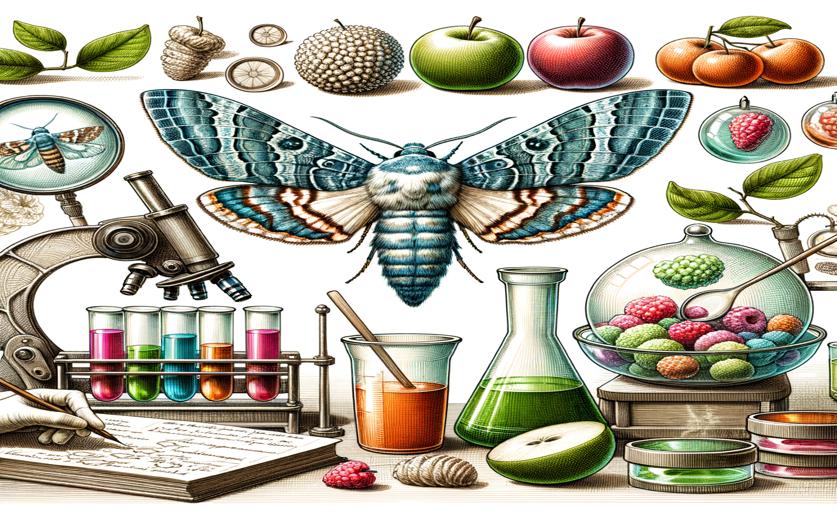
Life Table Study of a Moth on Different Food Sources and Artificial Diet
Jenn Hoskins
11th September, 2024

Image Source: Natural Science News, 2024
Key Findings
- The study from the Federal University of Pelotas, Brazil, found that Rachiplusia nu larvae did not survive on non-Bt corn, wheat, Bt cotton, or Intacta2 Xtend soybean
- R. nu larvae successfully developed on non-Bt soybean, sunflower, canola, vetch, Persian clover, alfalfa, bean, and forage turnip, similar to those raised on an artificial diet
- Cry1Ac soybean leaves reduced larval and pupal mass and total fecundity of R. nu, indicating a negative impact on their biological parameters
AgricultureBiochemAnimal Science
References
Main Study
1) Life table study of Rachiplusia nu (Lepidoptera: Noctuidae) on different food sources and artificial diet.
Published 10th September, 2024
https://doi.org/10.1093/jee/toae200
Related Studies
2) Characterizing the lethal and sub-lethal effects of genetically modified soybean expressing Cry1A.105, Cry2Ab2, and Cry1Ac insecticidal proteins against Spodoptera species (Lepidoptera: Noctuidae) in Brazil.
3) Fitness Costs and Incomplete Resistance Associated with Delayed Evolution of Practical Resistance to Bt Crops.



 21st May, 2024 | Jim Crocker
21st May, 2024 | Jim Crocker